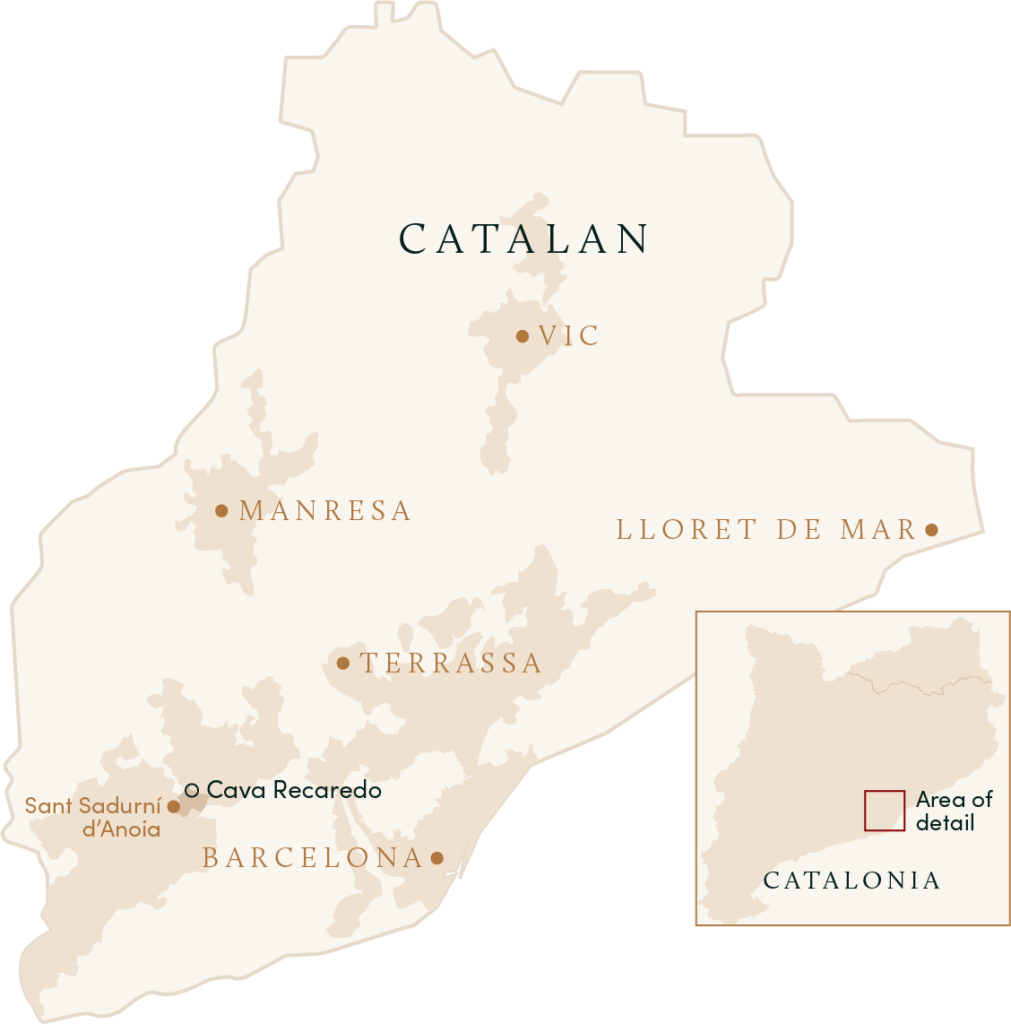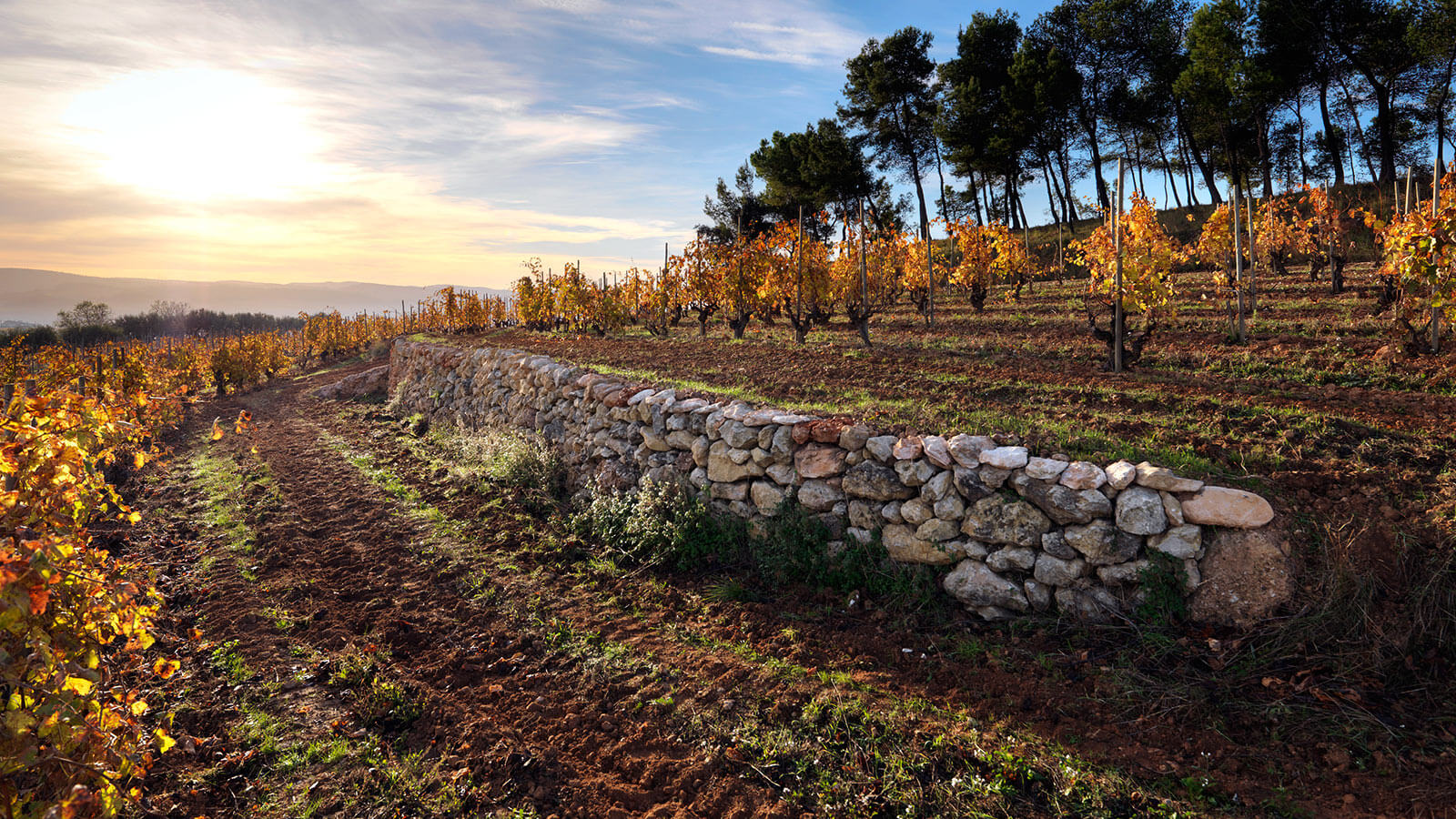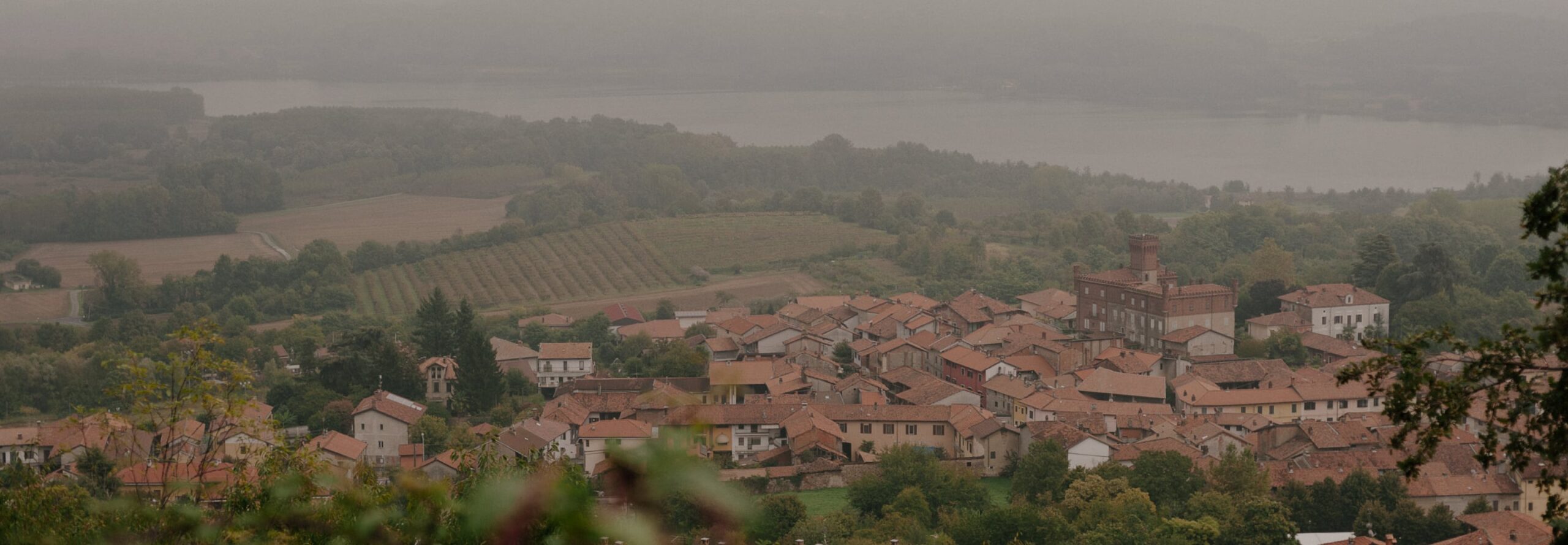Josep Mata Capellades founded the Recaredo estate in 1924, naming the domaine in honor of his father, Recaredo Mata Figueres. Josep Mata Capellades built the cellars in his house, in the historic centre of Sant Sadurní d’Anoia. Parts of the cellars are now over 80 years old and have been conserved in their original form. Recaredo is a pioneer in the production of totally dry sparkling wine in the region, in working with oak barrels, and was one of the first to experiment with longer-aged sparkling wines. The estate is currently managed by Josep and Antoni “Ton” Mata Casanovas, the sons of its founder, with Ton Mata actively involved and representing the succeeding generation.
Recaredo owns forty-six hectares of vineyards in the Alt Penedès district planted primarily to the Xarel·lo, Macabeu and Parellada grape varieties, with smaller amounts of Chardonnay, Pinot Noir and Monastrell (Mourvèdre). Viticulture at Recaredo is based solely on dry farming; no herbicides or pesticides are used and only organic fertilizers are applied when necessary; grapes are harvested manually; and, production is limited to wines that are completely dry. The estate strictly follows an organic viticulture regime.
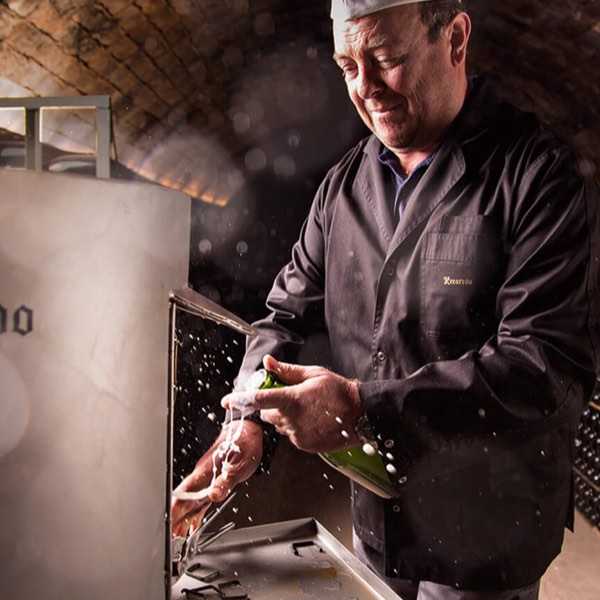
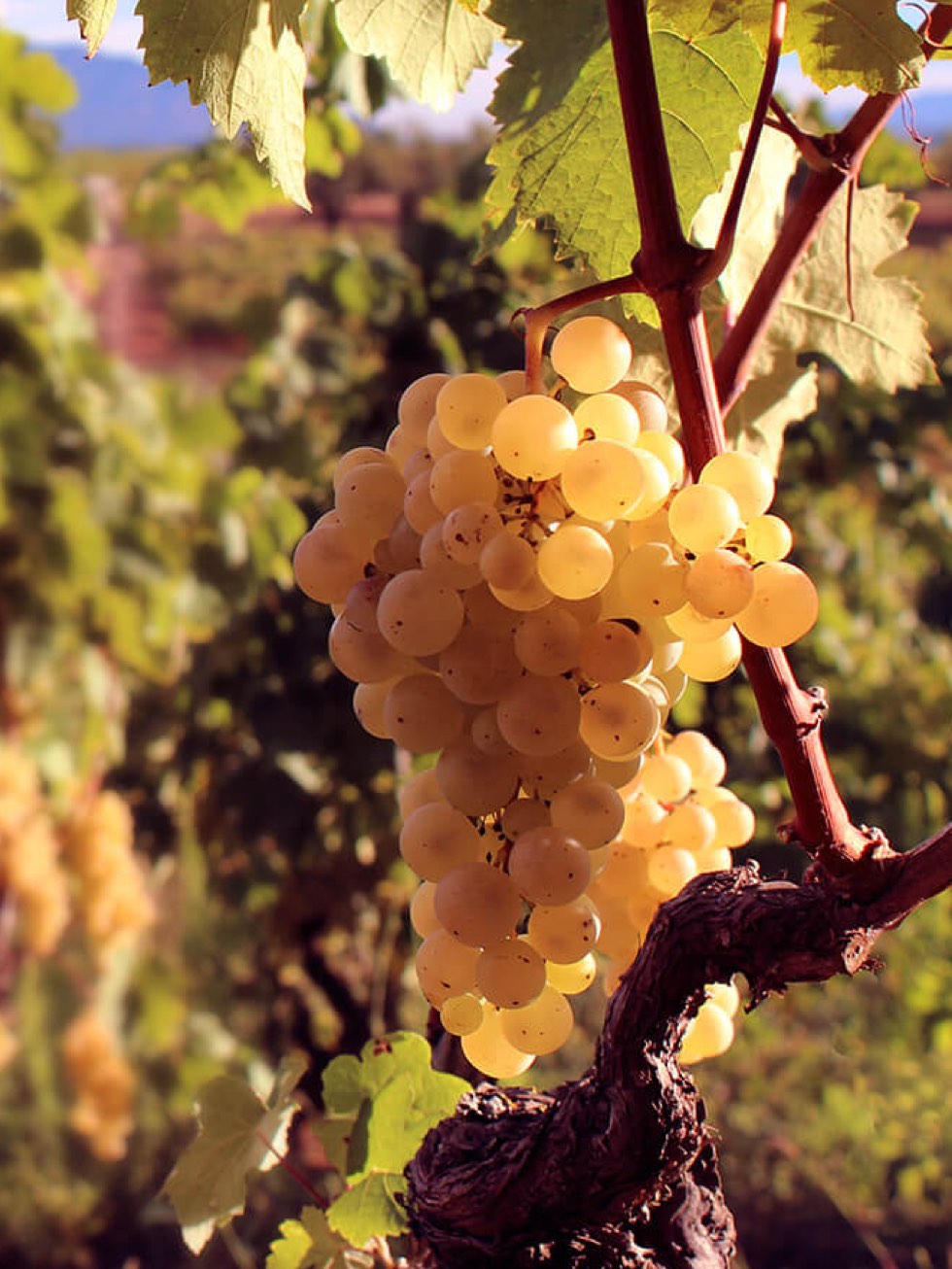
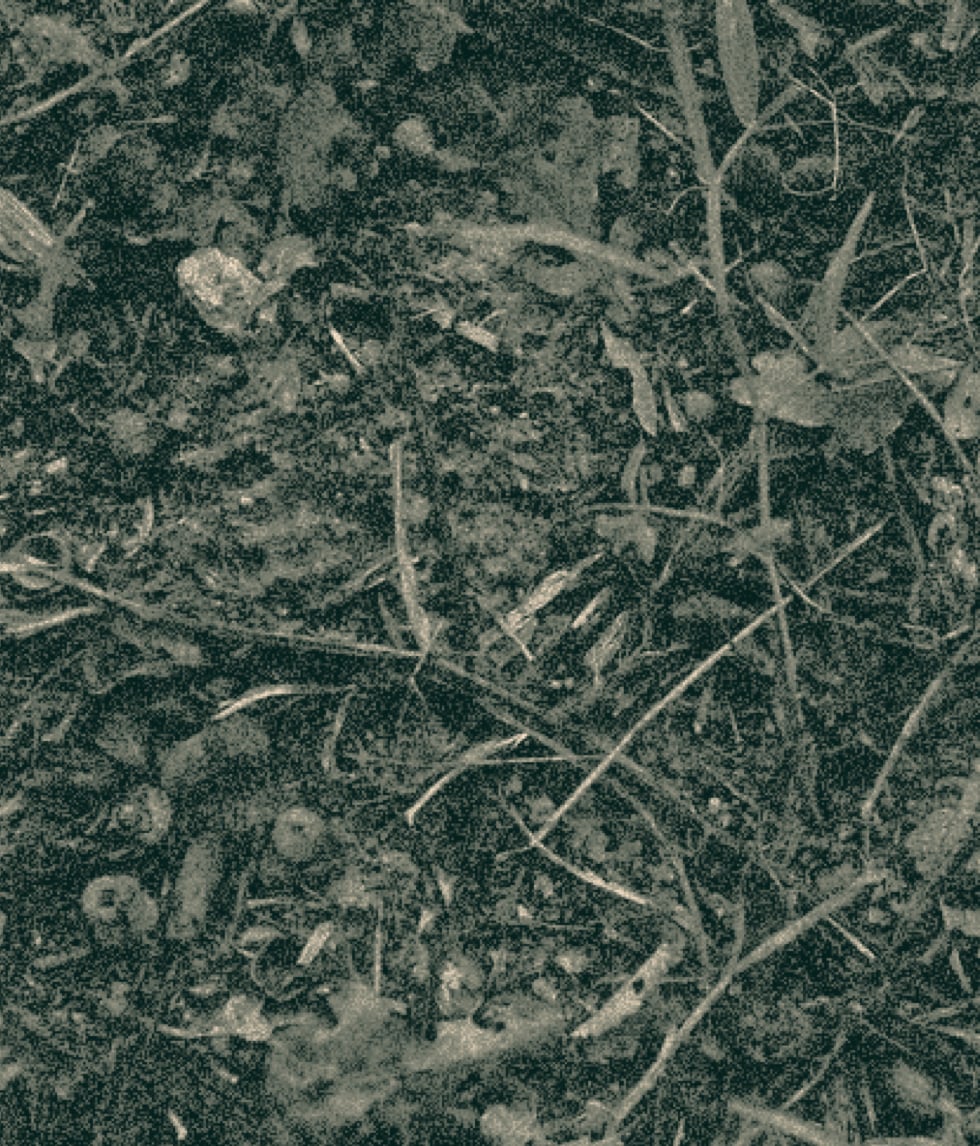
Vinification is carried out entirely at the Recaredo cellars in Sant Sadurní d’Anoia. The musts from the oldest Xarel·lo vines ferment in oak barrels, which give structure and greater complexity for longer-aged cavas. Some of the base wine is aged in oak barrels for some months. This wine will be used to add greater finesse and structure to the final blending. At Recaredo, the wines are aged in-bottle in continuous contact with the second fermentation lees; the bottles are closed with 100% natural cork stoppers. Disgorging is carried out on an exclusively manual basis, at the cellars’ natural temperature, without freezing the necks of the bottles, a process that produces the most natural product possible. The wines of Recaredo are disgorged totally dry with a zero dosage and all cuvées are vintage-dated.
Farming
Treatments
Soils
Vines
Yields
Harvest
Sourcing
Fermentation
Pressing
Malolactic Fermentation
Élevage
